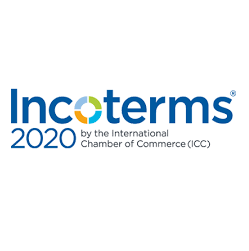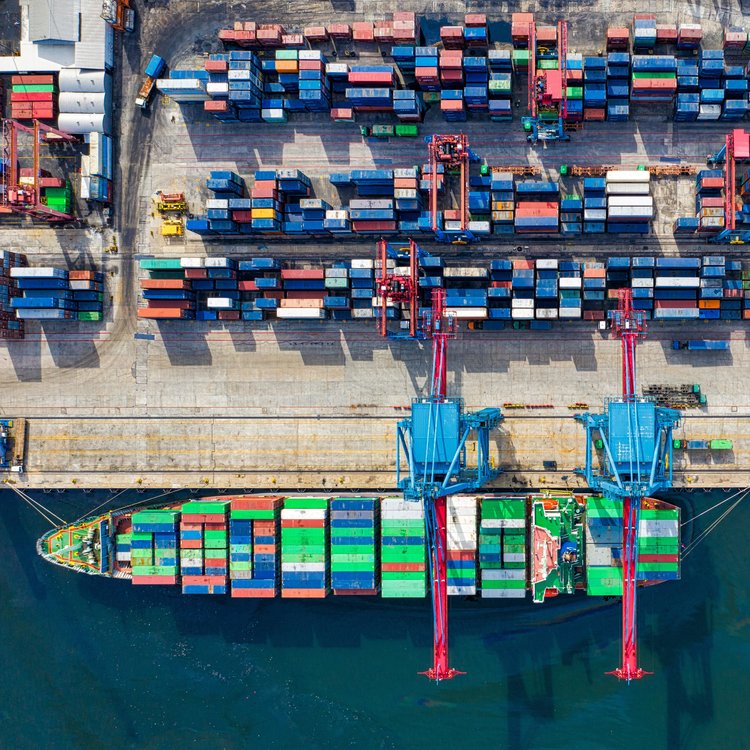Appointment of new Austrade CEO
The Morrison Government is pleased to announce the appointment of Mr Xavier Simonet as the new Chief Executive Officer of Austrade, the Australian Trade and Investment Commission.
Mr Simonet is currently Group CEO and Managing Director of Kathmandu Holdings, which comprises the Kathmandu, Rip Curl and Oboz brands, and has previously held the roles of CEO of Radley London and International Director of Seafolly Group. He also worked for 11 years for LVMH (Louis Vuitton Moet Hennessy) in Europe, Asia and Australia.













